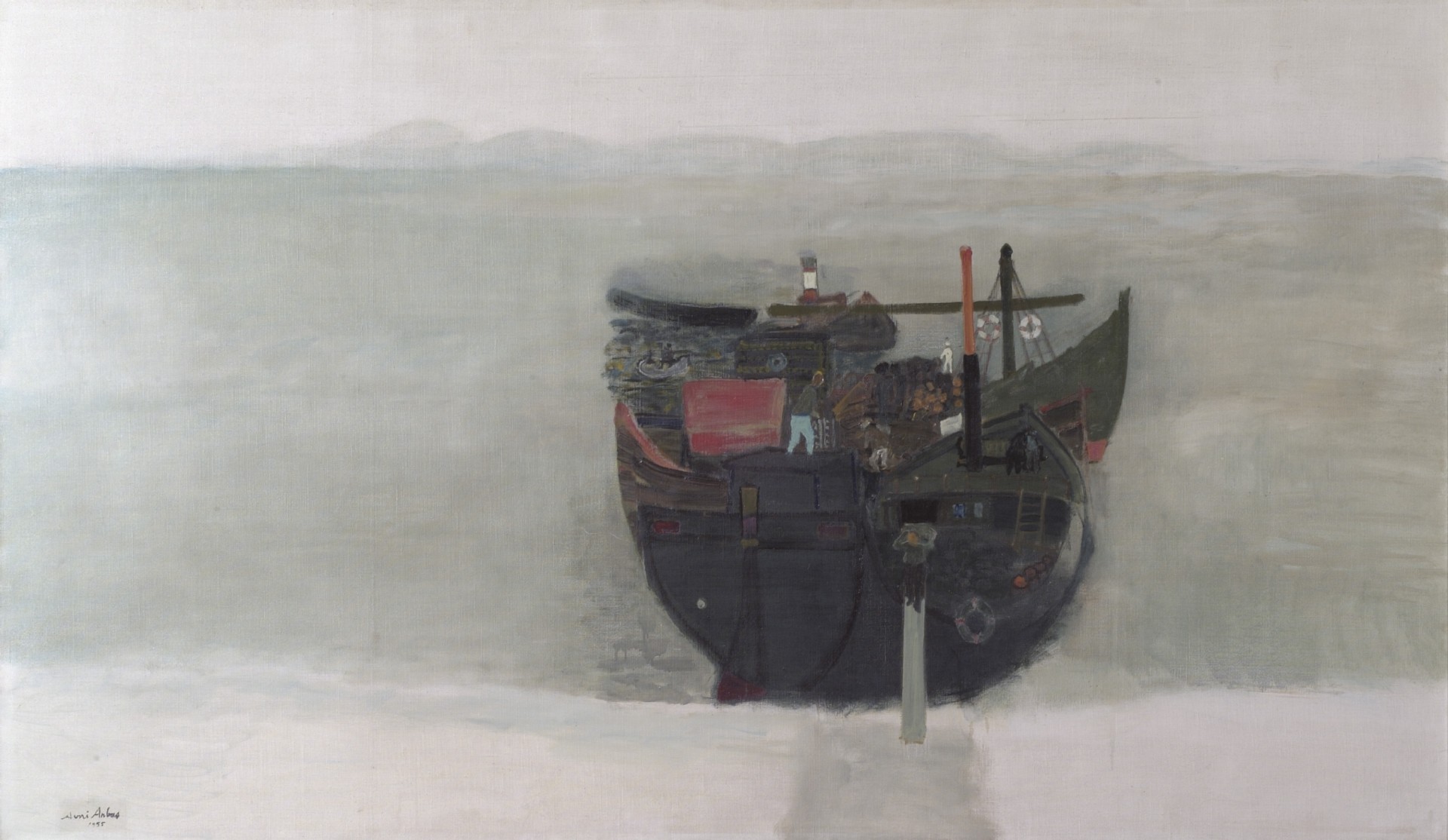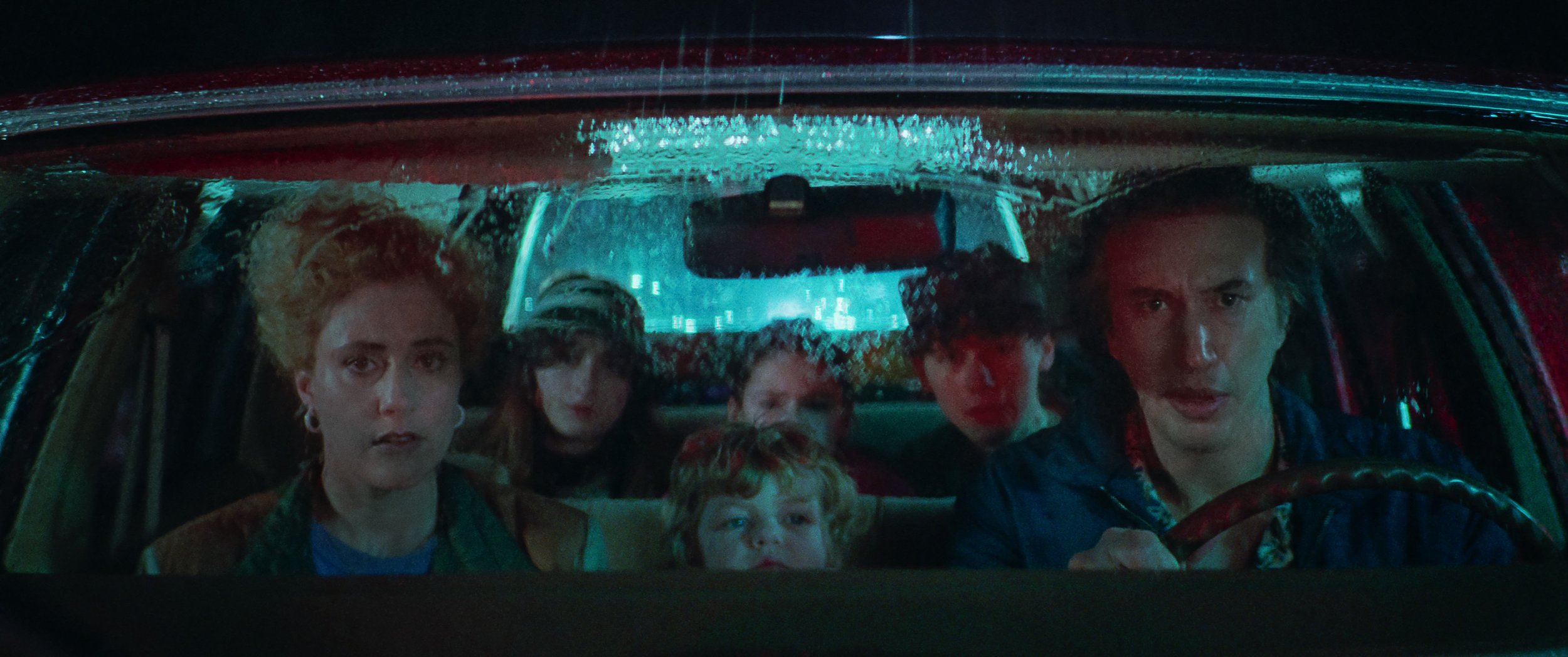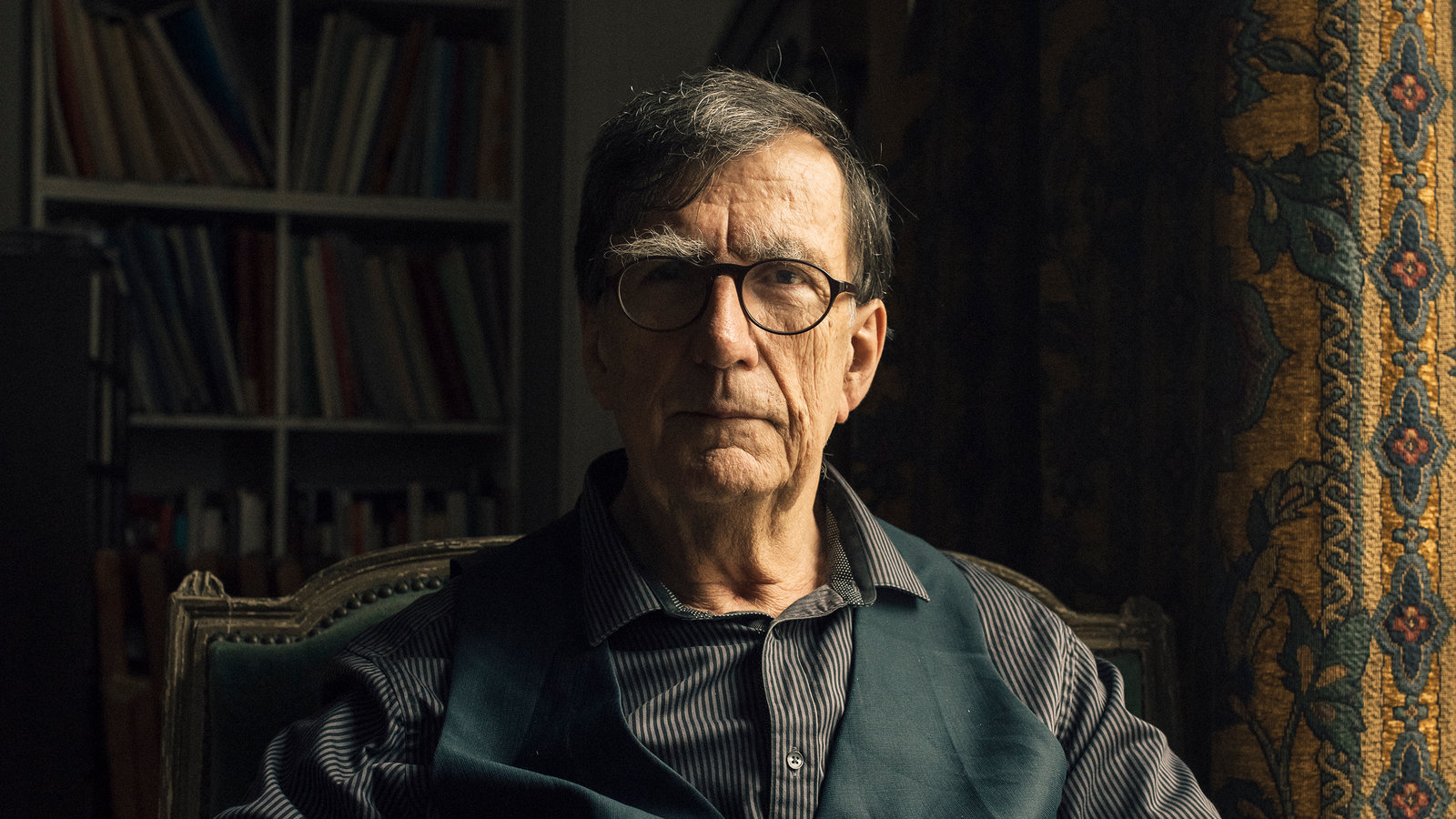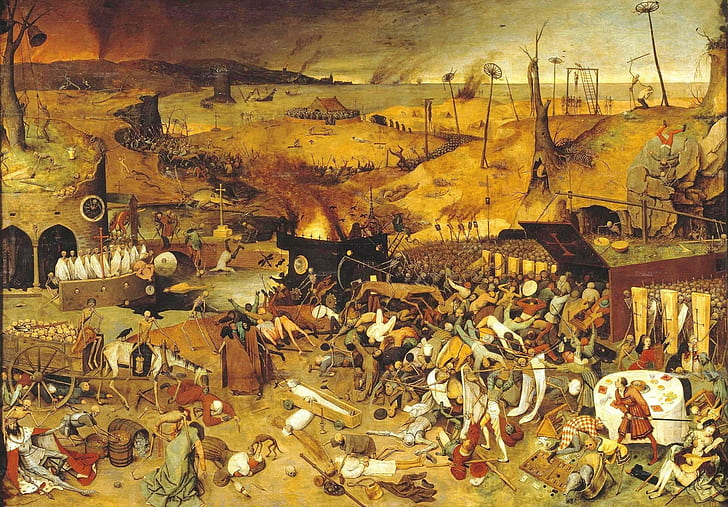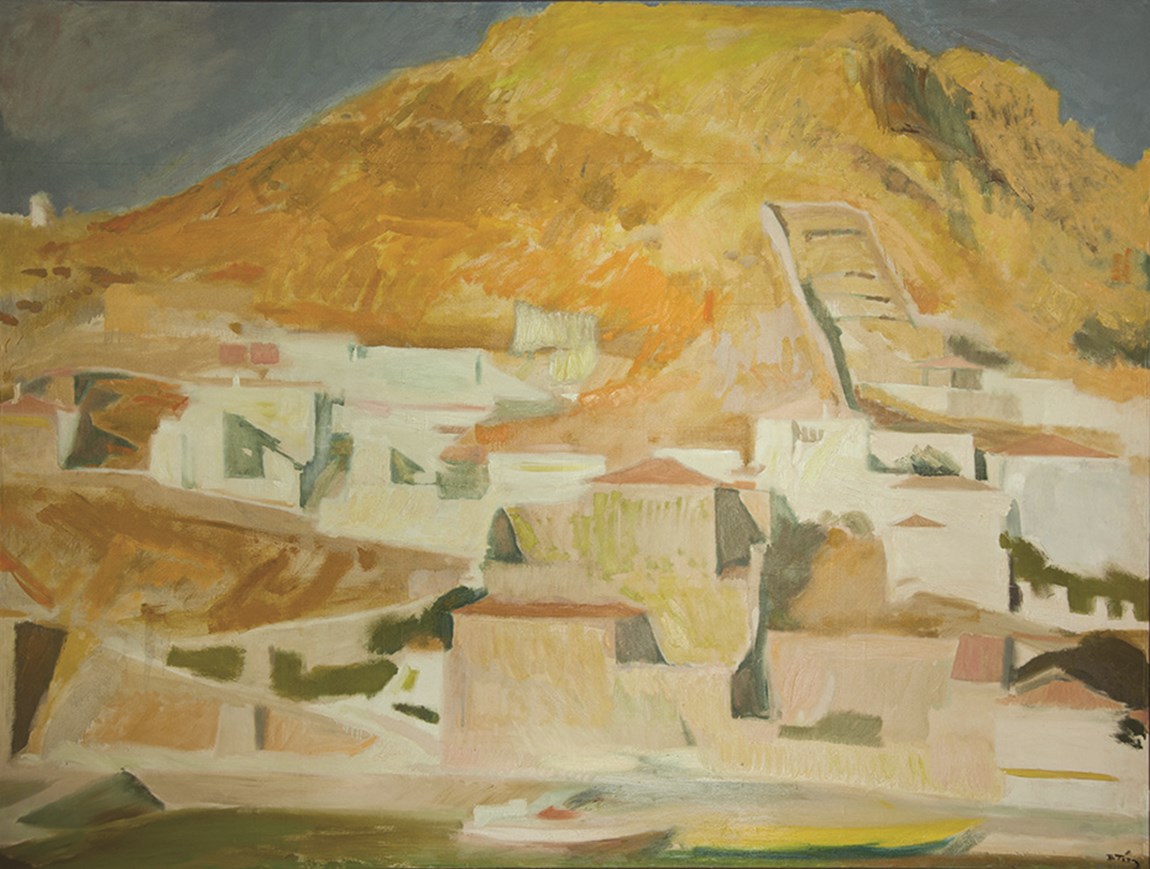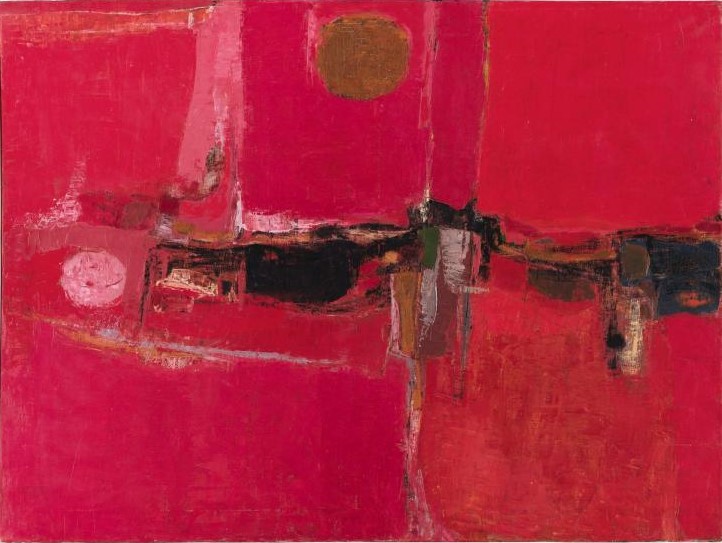It is fitting that the filmography of the great American filmmaker Robert Kramer (1939-1999) now comes to us from a distance, released in new restorations by the French distributor RE:VOIR. Not only because Kramer spent much of the latter half of his life in France, or because his work has been far more celebrated there than in his native country – in the pages of Cahiers du Cinéma, his sprawling mosaic of New Left demobilization, Milestones (1975), occasioned a roundtable, an essay by Serge Daney and even a poem by Jean-Pierre Oudart (‘Pour Milestones’). It is fitting too because Kramer’s cinema was one of dislocation, of distances measures and traversed.
A founding member of Newsreel, the activist film collective established in 1967 after the March on the Pentagon, Kramer emerged from the tradition of militant cinema. The son of a New York doctor, he was one of the many children of the middle class for whom the radical struggles of that decade – above all that of the North Vietnamese against American imperialism – precipitated what Kristin Ross has described as a ‘displacement’ from their assigned station and a passage towards the oppressed. A trip to Brazil in the early 1960s gave Kramer ‘the outsider’s view of my own country that I needed’; his first film, FALN (1965), co-directed with Peter Gessner, was composed of footage shot by Venezuelan guerrillas. In the years that followed, he would travel to North Vietnam (The People’s War, 1970), Portugal (Scenes from the Class Struggle in Portugal, 1977) and the nascent People’s Republic of Angola (the photo-essay With Freedom in Their Eyes, 1976). ‘The places I filmed… formed a theatre of conflict’, Kramer told Cahiers, ‘but above all they were places, which meant that it was necessary to travel and to physically confront a land, a relief. Some place, somewhere, somebody.’
The journey was fundamental for Kramer. ‘There’s no English word for trajet’, he muses in Dear Doc (1990). ‘Trajectory is mechanical. The trajectory of a bullet, for example. But trajet gives the human scale of movement. My trajet.’ ‘Making movies’, he said, ‘is about moving toward and moving away. About arriving and departing. Or about the very distance necessary to make them.’ His itinerant spirit quickly proved at odds with the demands of propaganda. The People’s War is the only Newsreel film credited to Kramer (retroactively – most of Newsreel’s early films contained no credits), who left the group shortly after, out of a desire to ‘feel completely free’. ‘I feel culpability’, he stated, ‘but I’m very afraid of contexts and sedentariness. Militant cinema wants to impose an idea, a direction, an information’. We could say instead that Kramer’s cinema is that of the fellow traveller: his subject was the experience of the journey, what he describes as a ‘personal, subjective confrontation’ with events.
At the close of his Dziga Vertov Group period, Jean-Luc Godard made a film titled Ici et Ailleurs (1976). Having initially intended to make a militant pro-Palestinian film, Godard learned upon his return to Paris that his footage of the fedayeen was now of dead men, killed in the interim. The title of the resulting film (‘Here and Elsewhere’) measures the distance between France and Palestine, the militant filmmaker and his subjects – but not to relieve the director of his responsibility. As Daney wrote of the film, ‘what’s at stake is the engagement of the filmmaker as a filmmaker. For it’s in the nature of cinema (delay between the time of shooting and the time of projection) to be the art of here and elsewhere. . .the true place of the filmmaker is in the AND.’ Kramer’s work might be said to live in this interstice. A cinema of the fellow traveller: the one not identified with a group or community, but who involves himself all the same. ‘This’, Cyril Béghin writes, ‘is the centre of Kramer’s method: remoteness leads to all kinds of connections.’
His first solo-directed films were the ‘antithesis to Newsreel’s belligerence’ in David Fresko’s description. Cold and hermetic, they sought to return the militant statement (such as the propaganda film) to the lives of those who utter it. The first, In the Country (1967), is a study of political paralysis. Its early minutes foreground the distance between a New Left militant and the struggles of the oppressed: over a still photo of a black man, a white radical – the film’s subject – delivers an angry, self-loathing monologue: ‘I knew him. At least in the way I know people, functionally to work with. Imagine, this man, given all he knows, was capable of hope. Of course, I could always get out. But them, they can’t get away, but I can. That’s an impossible barrier.’ Concerned with political enervation and pathology (in one scene, the man – isolated in the countryside, avoiding a comrade facing imprisonment – compensates for his political impotence by fondling a rifle), In the Country presents a potential dead-end for Kramer’s cohort: the reification of their privileged distance, with ultra-left fantasies and a sense of political impotence substituting for engagement.
Writing of his second film, The Edge (1968) – about a group reckoning with a friend’s decision to assassinate the president – Kramer stated that the movie’s ‘major question’ was not the ideological or strategic rectitude of political violence, but rather ‘What am I myself doing? What is my relation to a movement for change in this country?’ If his early films thematize separation, it was not to abnegate commitment, but rather to make that space perceptible, to open the question of the relationship between the political and everyday life – and the possibility of their reconciliation. How can the two be reconciled? How can commitment to another’s cause be expressed without, as Deleuze said to Foucault, ‘the indignity of speaking for others’? These are the questions that animate Kramer’s work from his early involvement in militant cinema to his final films, made in the twilight of the century.
Two Newsreel-associated films, released in 1970 – The People’s War (co-directed with John Douglas and Norman Fruchter) and Ice – emblematize the two poles of Kramer’s cinema. The first, shot during a trip to Vietnam, documents the struggle against American imperialism. Its images are entirely of the Vietnamese – at combat, at work, performing a play – while a voiceover translates their testimonies for American viewers. Ice is its obverse; the camera turns back on the group itself: a militant cell based in New York, imagined in a near-future dystopian police state. Ice evokes Newsreel’s rough-hewn, verité aesthetics, but defuses any revolutionary fervour they might evoke. Instead, Kramer embeds the cell’s activities within their messy, intersubjective dynamics, characterized by paranoia, masculinism, and uncertainty. Newsreel refused to distribute the film.
Kramer would return to filmmaking only after the end of American involvement in Vietnam, his style reborn in the embers of ‘60s militancy. ‘I think this is the last film’, Kramer said of 1975’s Milestones (co-directed with John Douglas). ‘Everything has to be in it. Nothing left out because of “considerations”. All the play of the heart. All the fullness of life. The form will make itself passionately. Last movie, in which the form evaporates into life.’ Dedicated ‘with deep gratitude to the Vietnamese people, whose struggle for independence and freedom continues to point the way toward our common victory’, the film is an immense tapestry of a generation and country in transition. From the factory gates of Detroit to the communes of Free Vermont, we move between over fifty characters of roughly Kramer’s age and background – anti-war activists, hippies, labour organizers, dropouts. Blurring, like many of Kramer’s films, the boundary between documentary and fiction, Milestones emanates directly from the interior of its milieu – no longer as oblique psychodrama, but with the elemental intimacy of accumulated experience and comradery. With no establishing shots, the film is stitched together from private, melancholic conversations between lovers, comrades, and outcasts coming to terms with the experiences of the past decade and the uncertainty of their future. ‘I don’t think the centre of my beliefs has changed’, a man recently released from prison for anti-war work tells a friend, ‘but I have to live with them differently’.
The waning of direct militancy appears as a source of melancholy, but also potentially renewal: the chance to reconcile politics and everyday life. The year after Milestones’ release, Kramer expressed his belief that ‘imperialism has entered its final crisis, and that we’re going to be called upon to carry out much clearer tasks now’. The last image of the film – a rushing waterfall – signifies the thawing of the ‘ice’ of Kramer’s first films as much as the experience of, in the words of one character, watching ‘the whole context we did it in melt away.’ The only interruptions of this intimate New Left fresco are a series of black-and-white images of what frames its characters’ lives: the struggles of the Vietnamese, African Americans and indigenous Americans. ‘How do you not take their place and at the same time record their existence, their oppression, their resistance?’ asks Daney of these sequences. ‘One feels that they should be there but at the same time one does not have the right to speak in their place.’ One black-and-white insert comes from The People’s War, appearing as footage shot by a filmmaker played by Grace Paley. In the film’s final scene, she collects two sets of dailies: one, in black-and-white, for her Vietnam film, another, in colour, of her newly born granddaughter. Intimacy and distance, the events of a life and commitment to the struggle, placed side by side.
After trips to Portugal and Angola, Kramer relocated to France. The two films bookending the next period of his work are films of shipwreck, of the traveller washed up on the shores of political retrenchment. In Guns (1980) – an embodiment avant la lettre of what Fredric Jameson would later diagnose as the problem of ‘cognitive mapping’ – the lives of Kramer’s cohort are set on the edges of an opaque conspiracy involving international gun smuggling through shipping containers. Writing of the film, Kramer spoke of a ‘discontinuity’ between ‘my events’ and those of the world – the events of a life and the making of history now appear definitively severed. Eight years later, with Doc’s Kingdom (1988), he returned to the motif of the isolated radical, now in the depths of what Kramer’s friend Félix Guattari described as the ‘winter years’ of the 1980s. A portrait of exile and creeping disillusionment, it introduces Doc (played by former Newsreel member Paul McIsaac): an American radical who, after years spent working with African independence movements, finds himself alone in Portugal. Doc, McIsaac wrote, ‘grew out of both of our lives and the lives of friends, some of whom were now dead, in jail or just “missing in action”. . . like Odysseus, Doc has been on a long journey home from the wars.’
The return journey is the theme of the two films that mark the end of the sequence begun with the founding of Newsreel: Route One/USA (1989) and Starting Place (1994). In Route One, Kramer and Doc are travel companions – Kramer behind the camera – making their way down the titular highway from the Canadian border to the edge of Florida. Kramer described the film as ‘the reverse angle shot’ of Milestones: no longer the ‘us’ of the radical milieu, but the ‘them’ of America’s people. Route One has the intimacy and sprawl of the former film; in both, the country’s present state is diagnosed not propositionally, but through a flowing series of impressions, gestures, conversations. The ‘secret background’ for the character of Doc, Kramer wrote, was A Fortunate Man (1967), John Berger and Jean Mohr’s portrait of a country doctor, and something of that book’s spirit permeates Route One. On their voyage south, the travellers immerse themselves in communities emerging from Reagan’s eighties, observing, listening, lending a hand where possible. Kramer and Doc are patient, tender – present to the lives encountered, imbued with a quiet melancholy for the country’s health (‘It makes me feel warm, sort of’, says Doc, remembering his mother’s happiness at a bingo hall, ‘but also really sort of angry, because it’s all that people have’). Well before the film’s end, Doc decides to part ways: it’s time, he tells Kramer, to cease wandering and ‘melt a bit into a community’. Kramer, speaking to an interviewer about this moment of the film, puts their divergence in these terms:
The idea behind this was a real collision between the footloose filmmaker, Robert… and Paul about the question of social responsibility… Doc says ‘Apparently as a filmmaker you can go on forever travelling with this kind of relationship to people’s lives, moving through their hearts and onto the next heart. But I’m a doctor, and a doctor only has a sense in the context of being somewhere and having patients.’
The filmmaker is always at the margins, between here and elsewhere.
Starting Place returns not only to places and people encountered in The People’s War, but to the point of departure for Kramer and his cohort: Vietnam. Opening with a quote from Chris Marker – the other great itinerant filmmaker of the left and Kramer’s collaborator the year before – on the role of images in human memory, Starting Place finds the country in the midst of its transition to a market economy, with traces of the war still present. The style is that of the true traveller: a subjective, observant camera – the vision of Kramer, the visitor – encountering a foreign place not yet schematized by habit, appearing as a rush of impressions and associations, and with this a humble deference to the other, the Vietnamese who tell him of memories of the war, their thoughts on Vietnam’s transformation, their daily lives.
Kramer features only one non-Vietnamese: Linda Evans, former member of SDS and the Weathermen, who he visits in prison, where she has been for over ten years. Shot in close-ups attentive to the subtle movements of her face and the play of light from a single window, Evans asks Kramer about his return to Vietnam, about how it has changed since her visit in 1969. Three times she says that the Vietnamese’s struggle changed her life, giving her ‘the vision of another humanity, you know, far beyond what I had experienced here. In my own small world that I was raised up in.’ We are returned to where Kramer’s cinema began: with the distance between one person and another (a people, a struggle), a distance traversed by Evans and her comrades. In the interstices, between the prison and Vietnam, Kramer’s camera now measures and bridges that gap. Over the credits, Kramer returns to Evans: ‘Vietnam is no further than the prison in California where Linda is’ he tells us. ‘She got forty years… She worked with blacks and Latinos… She fought against the Klu Klux Klan. Forty years!’ We feel our distance – from Linda in prison, from the isolation imposed on her – and, in the tenor of Kramer’s voice, the exigency of crossing it.
Read on: Ai Xiaoming, ‘The Citizen Camera’, NLR 72.


